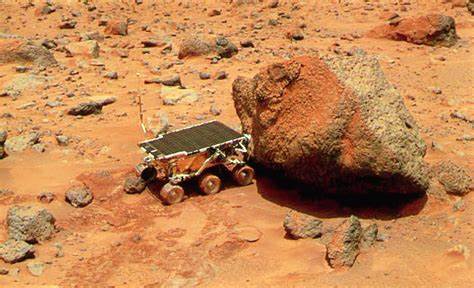Mars Robots: Exploration of the Red Planet
The development of Mars robots represents a significant milestone in humanity's quest to explore the Red Planet. Beginning with pioneering missions like NASA's Sojourner in 1997, which was part of the Mars Pathfinder mission, robotic exploration has evolved immensely in terms of technology and scientific capability. Subsequent missions such as Spirit, Opportunity, and Curiosity have further expanded our understanding of Mars' geology, climate history, and potential for past habitability. These robots are equipped with advanced instruments like spectrometers, cameras, and drills, enabling them to analyze soil composition, take panoramic images, and even conduct experiments to detect organic molecules.
Looking ahead, the aspirations for Mars exploration are ambitious and multifaceted. One of the primary goals is to search for signs of current or past life on Mars. This quest is driven by the tantalizing possibility that Mars, with its ancient rivers and lakes, may have once harbored microbial life. Robots like NASA's Perseverance rover, launched in 2020, are equipped with sophisticated instruments designed specifically to detect biosignatures and gather samples for potential return to Earth.

Moreover, Mars exploration aims to prepare for human missions to the Red Planet. Robotic missions are crucial for scouting potential landing sites, testing technologies such as in-situ resource utilization (ISRU) for producing water, oxygen, and fuel from local resources, and assessing the planet's environmental conditions. Understanding the Martian climate and geology through robots is essential for ensuring the safety and success of future human explorers.
Beyond scientific and technological objectives, Mars exploration also serves as a symbol of human curiosity, innovation, and determination. It inspires the next generation of scientists, engineers, and explorers and fosters international collaboration in space exploration. Future missions, both robotic and human, will continue to push the boundaries of what is possible, expanding our knowledge of Mars and laying the groundwork for humanity's next giant leap into the cosmos.